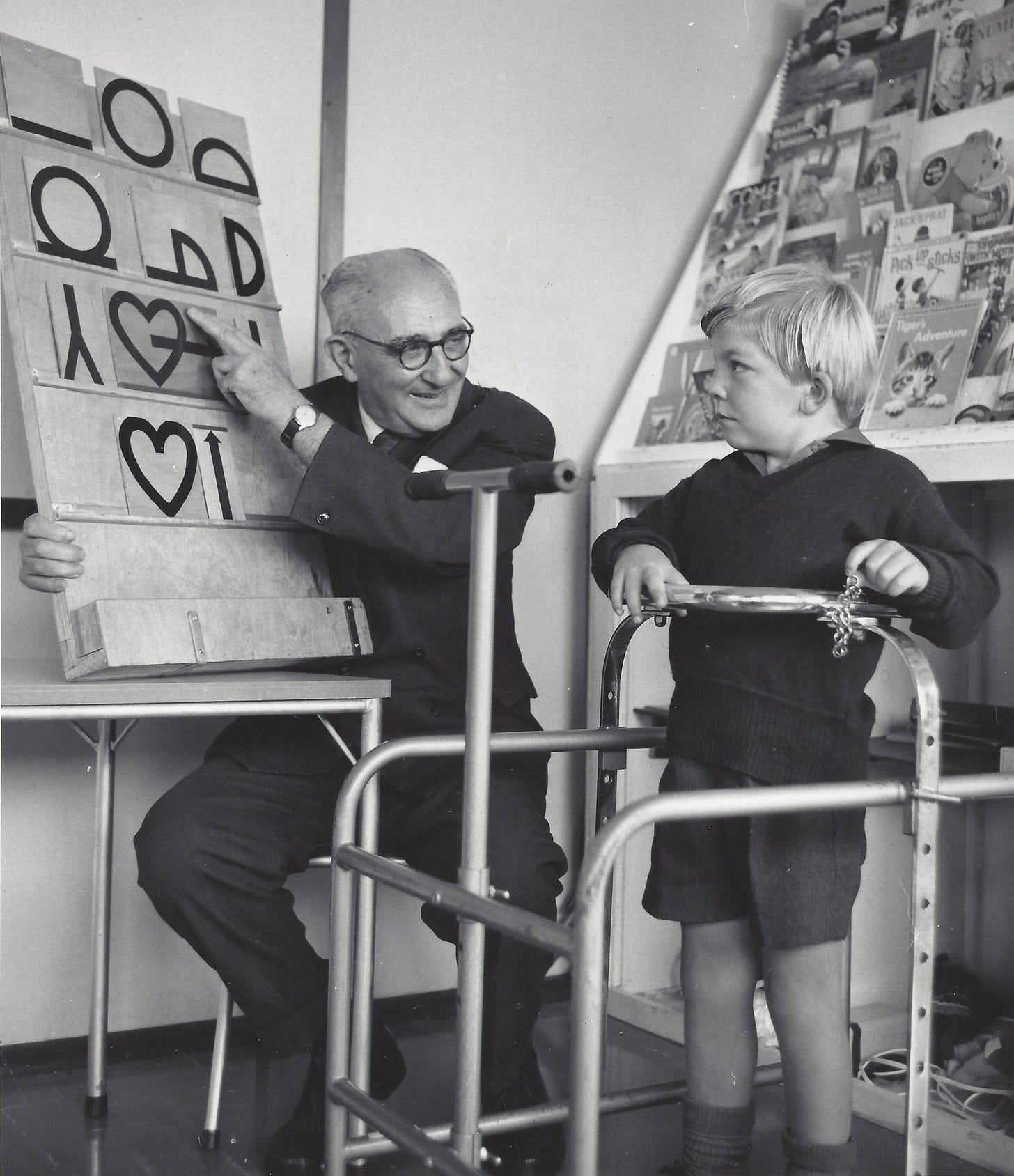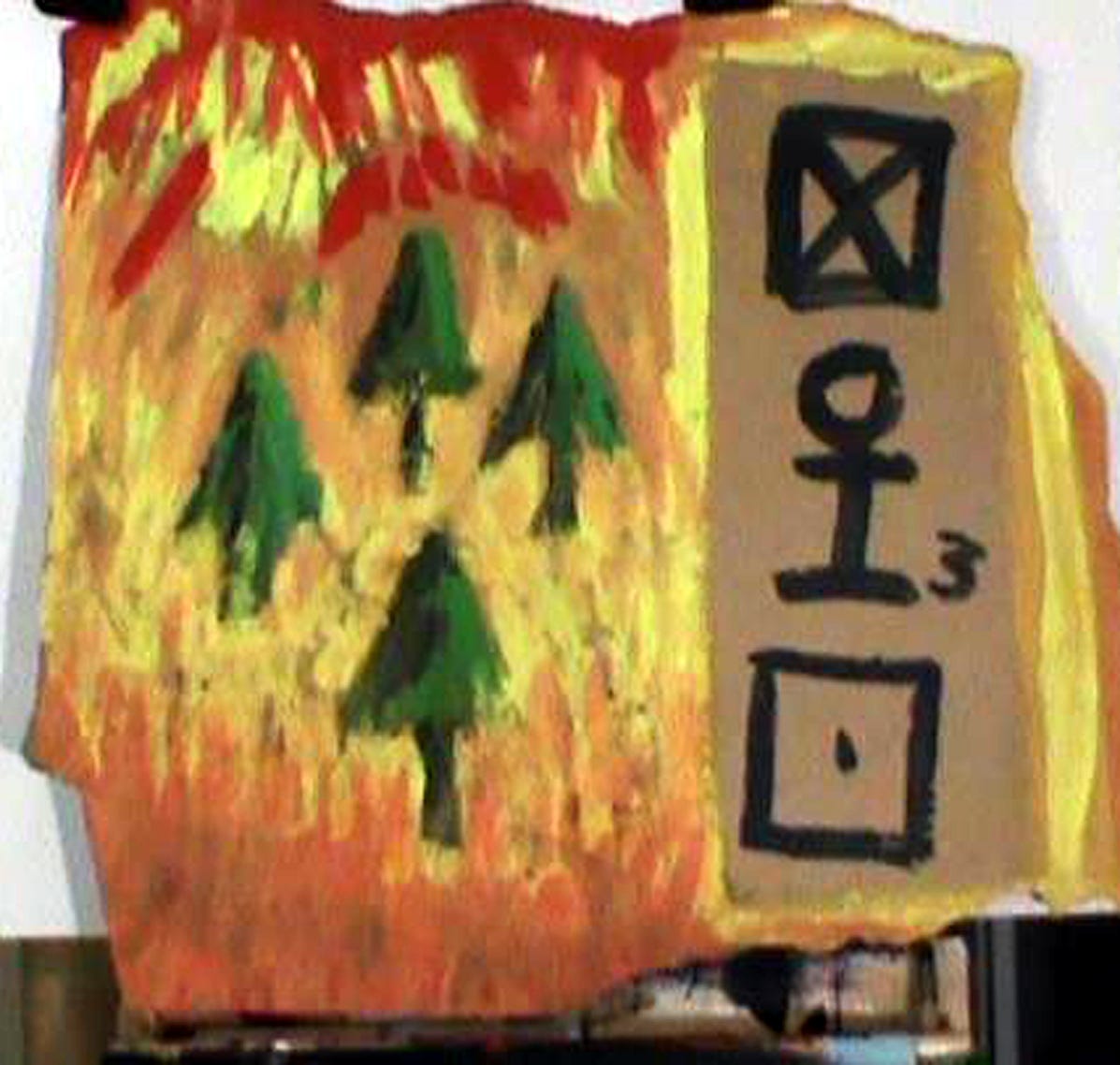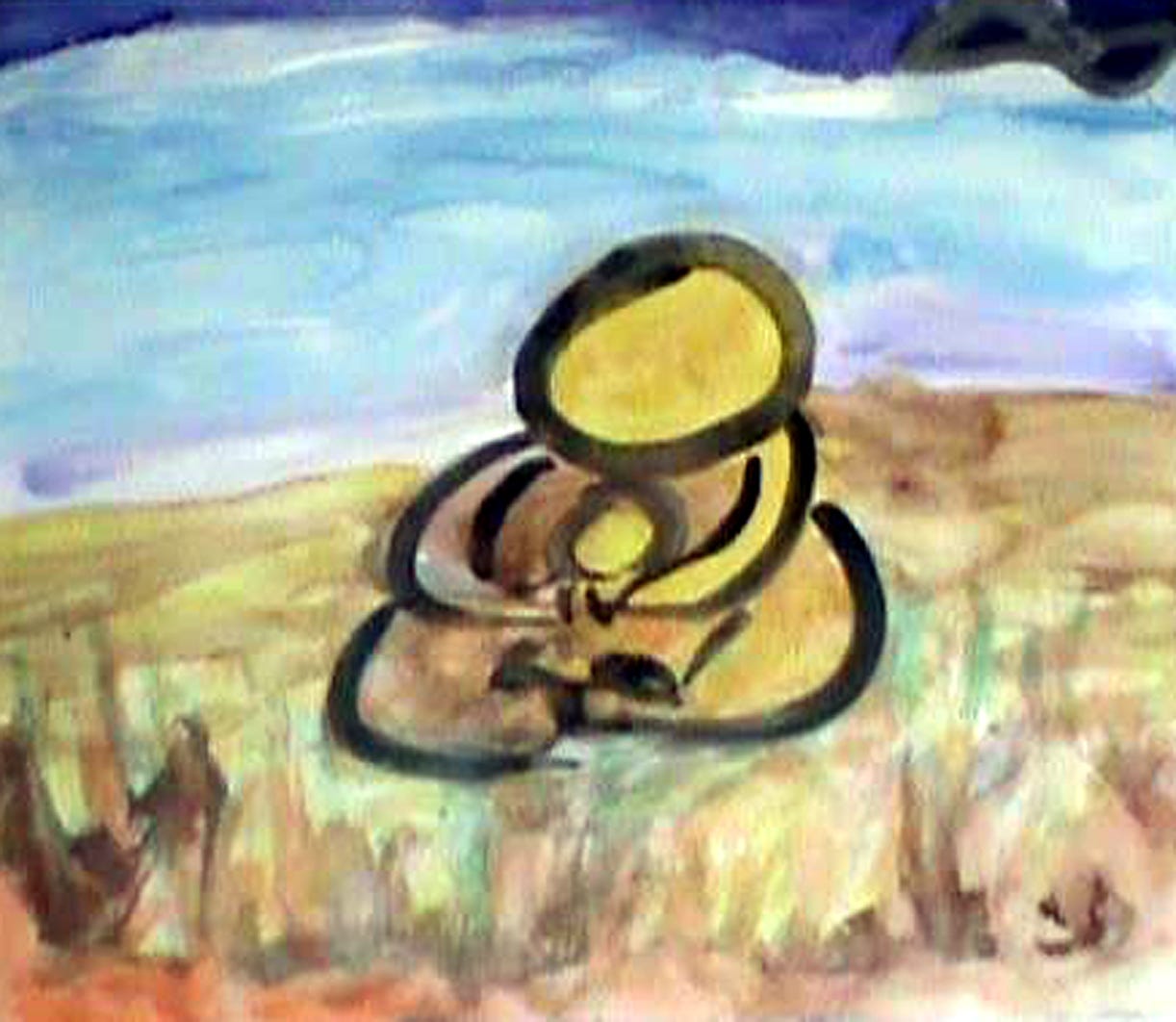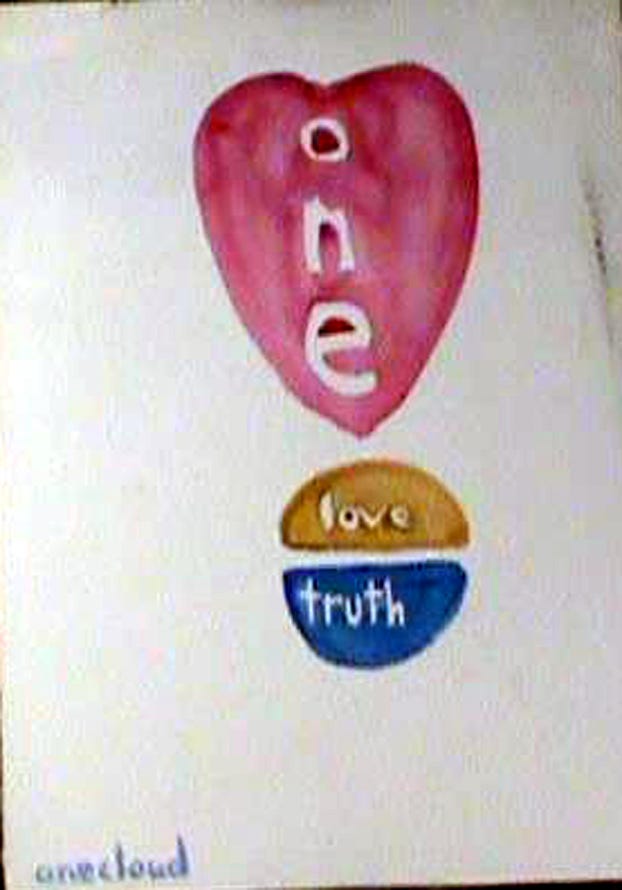Charles K. Bliss was a chemical engineer and semiotician, best known as the inventor of Blissymbols, an ideographic writing system. born in the Austro-Hungarian Empire, during the second world war he was detained at Dachau and Buchenwald. afterward he immigrated to Australia.
Blissymbolics is a communication system developed for the purpose of international communication. it was first applied to the communication of children with physical disabilities by an interdisciplinary team led by Shirley McNaughton at the Ontario Crippled Children’s Centre (now Holland-Bloorview) in 1971.
i was introduced to Blissymbolics there, as they were used on bliss boards, fixed to the mobility unit the children used. the library at the centre had a copy of C. K Bliss's book , Semantography A Non-alphabetical Symbol Writing Readable In All Languages.
C. K. Bliss's philosophy was remarkable and he recognized the importance of limiting the number of basic symbols. he developed a sentence structure that enabled a literate visual language. the deployment of the square divided by a tic-tac-toe grid to represent before, above, after and below, enabled the construction of complex symbols so one could specify distinct features of the message.
in this way a person is able to write a sentence combining symbols in the grid so we know that an animal is an elephant or a monkey or dog. his goal was that the symbolics be simple enough to learn and use universally , as one learns to write musical notation, or mathematical equations. the reader and writer of such notations may speak any language and still read the 'music'.
i began using bliss symbols in my paintings as a verse form. I used them as text included in the painting.
paintings with bliss symbols
after I studied Norval Morrisseau, I was moved to embody natural elements as symbolic forms to represent a message. the large Thunderbird uses form to express language. the placement of everything organizes the message. the Thunderbird hovers over the house of government which is black because it is empty of compassion. the wings display the cycle of living and the necessities for life, which the Thunderbird is providing in the form of gifts. the people have empty stomachs, but still the Thunderbird sustains them and promises the future with the delivery of children.
for the next decade I developed a symbol form that fit my purpose. mostly I divided the work into an equal sky and ground. The visual representation of an = , (equal), sign, is the environment for the action or subject of the painting.
the eagle and the medicine wheel show up in many of the paintings. they are to be considered an element of language. their position in the painting may contribute to the meaning. eventually the man holding a broom became a frequent element.
also. . .
my interest in non-verbal language introduced me to shamanic painting and breathlines, (a painting method taught by Laurie Edwards), who’s practice is based on mystery painting, developed by Paul Hogan at the Butterfly Peace Garden in Batticaloa, Sri Lanka.
through the 90's i perfected the form for my painted poems. they begin as poems in text, and transform into poems of universal visual language. language of emotion and tacit understanding. at least imagined universality.
after i became fully engaged in the painted poems, i began to paint the idea of the poem in symbol directly, then add a text translation.
the first memorable experience was in 1998. i was doing a numerology series of 5 paintings and in it i began to link the bliss symbols in a vertical continuous line. i discovered, eternal mother creation. and after came love eternal passionate creation. and love the creation and after, i began to just paint abstractly the visual language into compositions.
in about 2005, i began a series of large plywood panels, which i recognized as narrative works.
the shift in focus is from universal hopes or truths, expressed painted poems, to personal expressions of social challenges brought on by the internet. my thought is about a cognitive isolation from the reality of bio- technological systems. the values and purpose of civilization are the topics of the narratives.
since 2020 an abstract darkness of form has occupied my interest.
Seneca Woman’s peace encampment postal box
1983 - 2006















I love many things about this. The native American connection. The Bliss connection. The great tradition, so ancient, of picture poets. Modern examples Patchen and Reps. Miro symbology. The Tuareg glyphs, the universal worldwide language of petroglyphs. The nonlinear world...the emancipation of visual communication
Very interesting post. Should stay on this subject and let it take you. Might need readers to do their own research first, as I was not aware of any of this or the named people. A lot to explore here. I was sensing something similar but you went in a completely different direction that I. I did write about your ideas in my last post. You touch on something here, will be interested to seed where you take it. Best Regards - Phoeagdor.